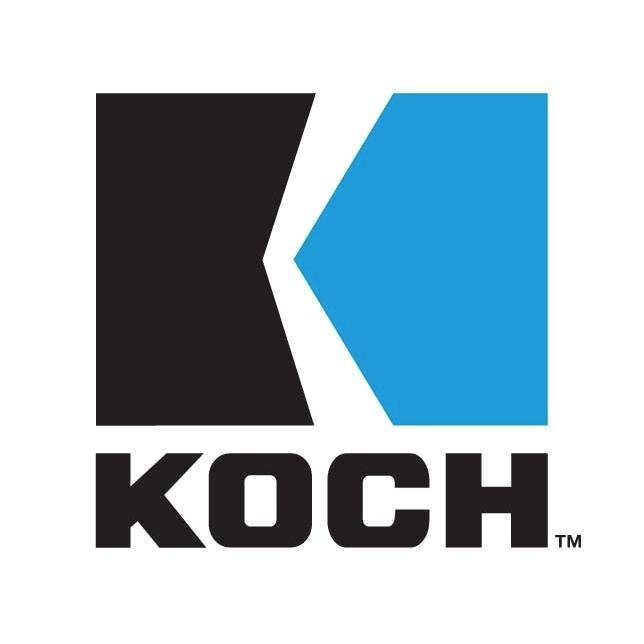INSTITUTE INDEX: Who's behind the latest assault on the Southeast's lone renewable energy standard?

Following the money behind the latest attack on North Carolina's renewable energy portfolio standard leads to dirty energy interests.
Date on which the American Energy Alliance (AEA) sponsored a roundtable discussion at the North Carolina legislature to push for a freeze of the state's renewable energy portfolio standard requiring major utilities to generate an increasing portion of their electricity from clean sources like solar and wind: 9/9/2015
Year in which the AEA was established as a 501c4 nonprofit — a type that isn't required to disclose its donors — by Thomas Pyle, the roundtable moderator and a former lobbyist for the National Petrochemical and Refiners Association and the Koch Industries oil and chemical conglomerate: 2008
Year in which the Institute for Energy Research (IER), a 501c3 charitable nonprofit and the AEA's parent organization, was created from a predecessor group co-founded by Charles Koch of Koch Industries: 1989
Amount AEA has received from groups with links to the Kochs: millions of dollars
Amount IER has received from oil giant ExxonMobil, a leading funder of climate change disinformation: at least $200,000
Date on which the roundtable organizer, North Carolina state Rep. Mike Hager (R), a retired Duke Energy employee, introduced a bill to freeze the state's renewable energy standard: 3/23/2015
Rank of Hager among the legislature's top recipients of campaign contributions from electric utilities and the oil and gas industry in the 2014 election cycle: 2*
Rank of Hager among the N.C. legislature's top recipients of contributions from Koch Industries: 6
Under the 2007 North Carolina law Hager is targeting, percent of retail sales of electricity by major utilities that must currently be generated from clean sources like solar and wind: 6
Percent North Carolina's standard is currently set to increase to by 2021: 12.5
Number of other states in the Southeast to adopt such a standard to date: 0**
Number of other states in the Southeast that have less strict renewable energy "goals": 2***
According to an AEA roundtable participant Ryan Yonk with the Institute for Political Economy, a free-market think tank at Utah State University that gets funding from the Koch Family Foundations, amount the average North Carolina household lost in disposable income in 2013 because of the renewable energy standard: $3,800
Date on which the American Wind Energy Association issued an analysis debunking Yonk's figure, pointing out that his group used mathematical and statistical tricks to arrive at a grossly inflated number: 3/23/2015
Total amount North Carolina's renewable energy standard will actually save the state's electricity customers through 2029, according to an analysis by RTI International and ScottMadden: $651 million
Amount North Carolina's renewable energy law has added to the state's economy through 2014: $4.8 billion
Of the $2.6 billion in renewable energy investments in North Carolina since the renewable energy standard became law, percent that have been made in the state's economically hard-hit rural areas: 75
* The only state lawmaker whose campaign received more was Senate President Pro Tem Phil Berger.
** Texas is the only other Southern state with a renewable energy standard.
*** The Southeastern states with renewable energy goals are Virginia (15 percent by 2025) and South Carolina (2 percent by 2021).
(Click on figure to go to source.)
Tags
Sue Sturgis
Sue is the former editorial director of Facing South and the Institute for Southern Studies.
